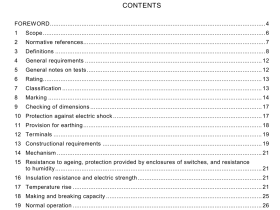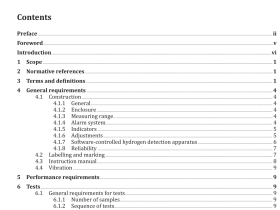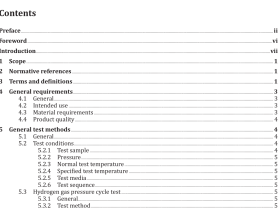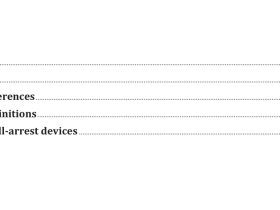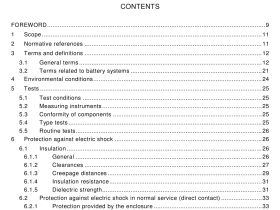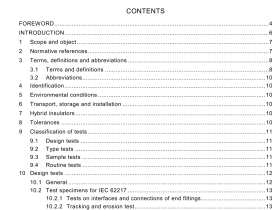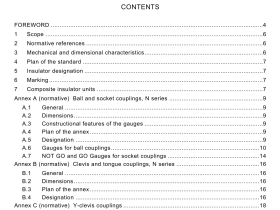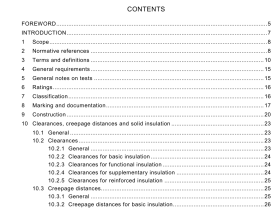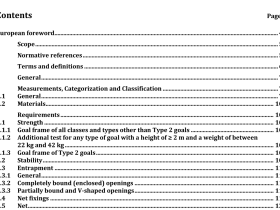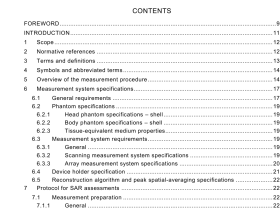AS 1141.11.1 pdf download
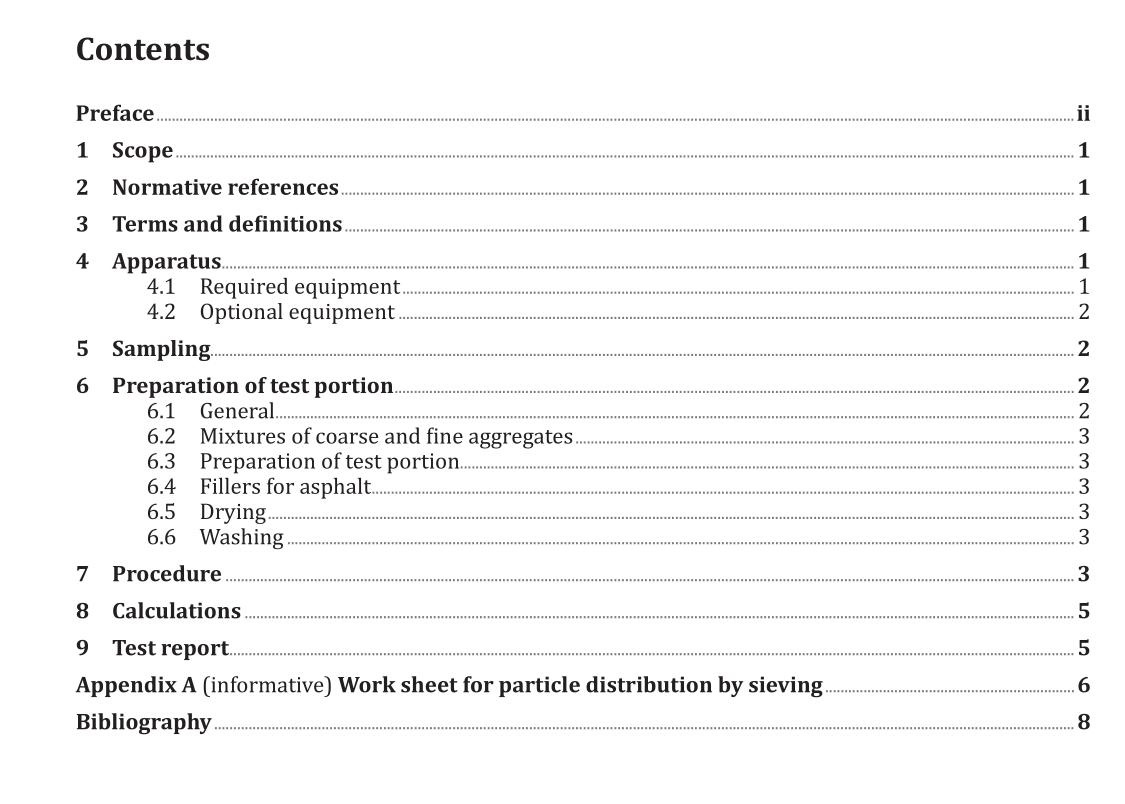
AS 1141.11.1 pdf download.Methods for sampling and testing aggregates
1 Scope
This document sets out the method for the determination of particle size distribution in coarse and fine aggregates by sieving. The amount passing a 75 μm sieve may be determined using AS 1141.12 or by the method given in this document when samples are washed over a 75 μm sieve. If the percentage of material passing a 75 μm sieve is specified, the procedures detailed in Clause 6.6 of this method or in AS 1141.12 apply. The procedure for the determination of fine particle size distribution by decantation is described in AS 1141.19.
4 Apparatus
4.1 Required equipment Apparatus conforming to the relevant specifications of AS 1141.2 and the following shall be used: (a) Balances — Sufficient capacity with a limit of performance not exceeding ± 5 g for the coarse fraction of aggregate and ± 0.5 g for the fine fraction of aggregate and fillers.(b) Drying oven — Thermostatically controlled and capable of maintaining a temperature within the range of 105 °C to 110 °C. NOTE 1 It is preferable that drying ovens be equipped with forced air circulation. This shortens drying times and helps prevent the build-up of humidity within the oven enclosure. NOTE 2 Material may be dried to constant mass using alternative methods such as microwave ovens, infrared lights or hot plates, provided that these techniques do not disrupt or weaken particles to the extent that the property being measured changes. (c) Sample divider. (d) Sieves — Test sieves as listed in Table 2. (e) Brush — A soft, fine brush. 4.2 Optional equipment The following apparatus is highly useful especially for laboratories conducting a large number of tests. However, the procedure can be completed using hand sieving methods without the need for the apparatus listed below: (a) Mechanical sieve shaker — Sieve shakers suitable for 200 mm, 300 mm sieves and 450 mm sieves. (b) Air-jet sieve — For sieving fillers. (c) Dispersing agent — If the procedures of Clause 6.6(a) are followed, and clay is present in the sample, a dispersing agent (for example, sodium hexametaphosphate) may be required.
6 Preparation of test portion
6.1 General The minimum mass of test portion taken shall be in accordance with the nominal size of the aggregate in Table 1. The required test portion shall be obtained by sample division, no attempt being made to secure an exact predetermined mass.6.2 Mixtures of coarse and fine aggregates Mixtures of coarse and fine aggregates shall be separated into two sizes using a 4.75 mm test sieve. The portions obtained shall be measured out and tested separately. The size of the test portion for each fraction shall be in accordance with Table 1. NOTE The percentage passing each sieve should be calculated on the basis of the total mass of the test portion making appropriate calculations to take into account the ratio of the mass of the fine fraction tested to the total material. 6.3 Preparation of test portion Test portions may be tested without further preparation or may be washed over a 75 μm sieve after drying, see Clause 6.6. 6.4 Fillers for asphalt Fillers for asphalt shall be separated on a 600 μm test sieve from material passing a 4.75 mm test sieve. 6.5 Drying The test portions shall be dried to constant mass. The mass of each fraction or test portion (M 1 ) shall be determined and recorded.6.6 Washing With the exception of asphalt fillers (see Clause 7, Note 2) where an aggregate sample is tested for comparison with a document in which the passing 75 µm size is specified, the test portion shall be washed over a 75 μm sieve as follows: (a) Place the dried test portion in a dish or pan and add sufficient clean water to cover it. NOTE 1 For materials that contain clay, a dispersing agent that does not react with the test portion may be used. NOTE 2 The water used should not react with the aggregate. (b) Vigorously agitate the contents without spilling the water to take the fine material into suspension and immediately pour the wash water through two sieves nested together with a guard sieve, e.g. 1.18 mm sieve, at the top and a 75 μm sieve below. Avoid, as far as possible, decantation of the coarse particles of the test portion.
